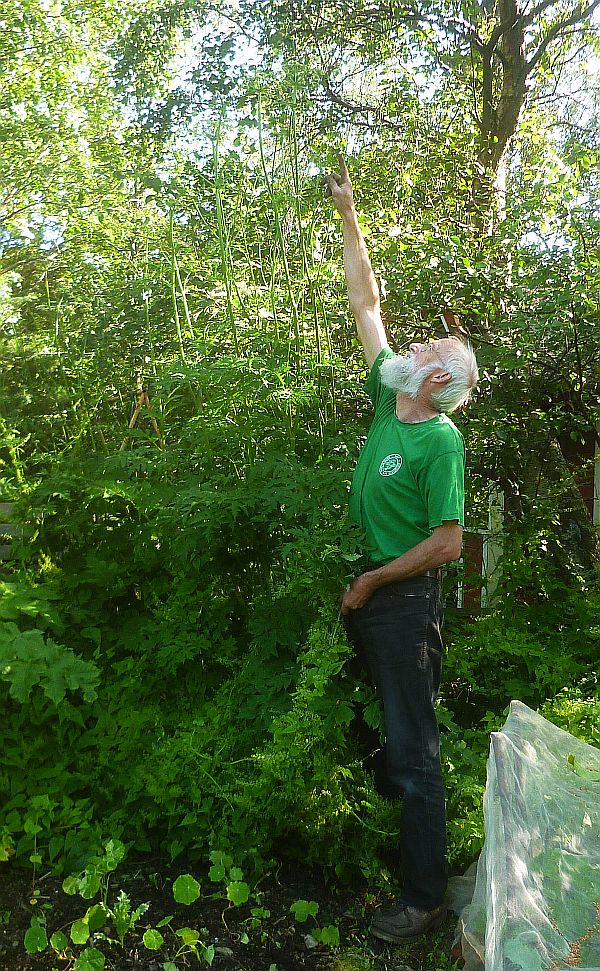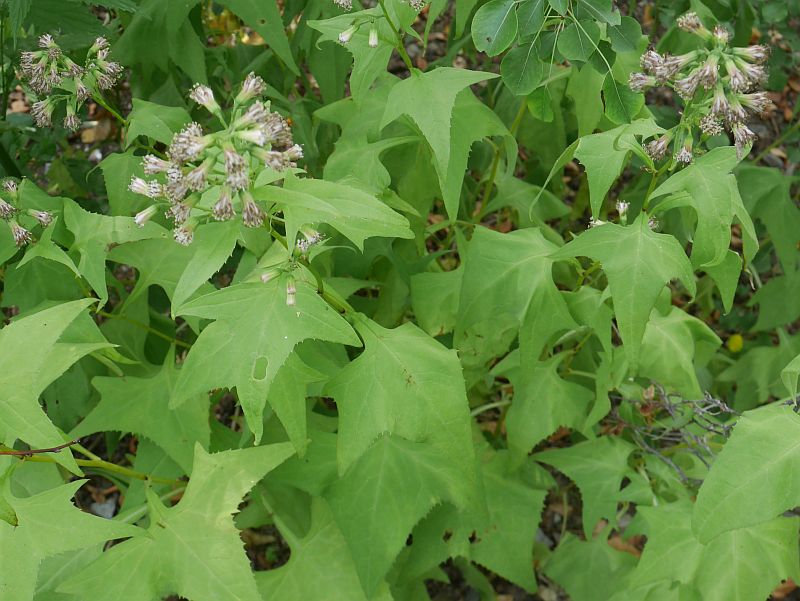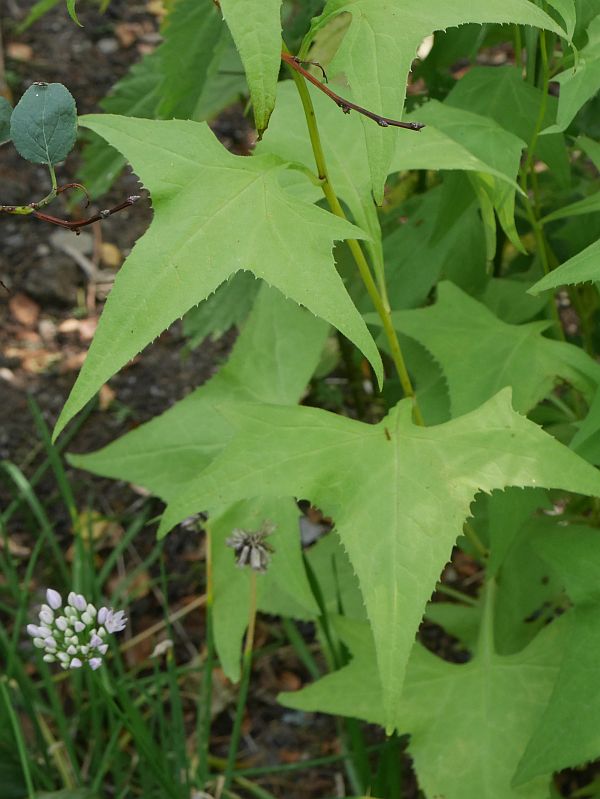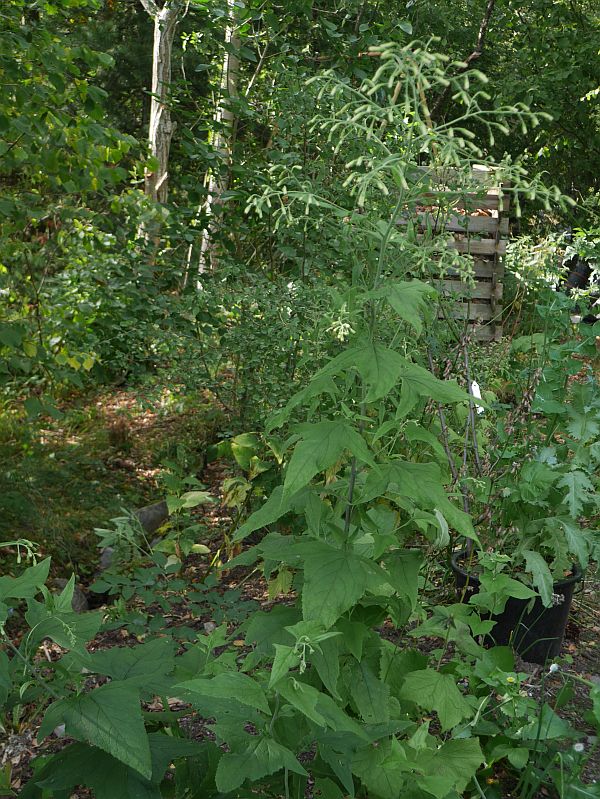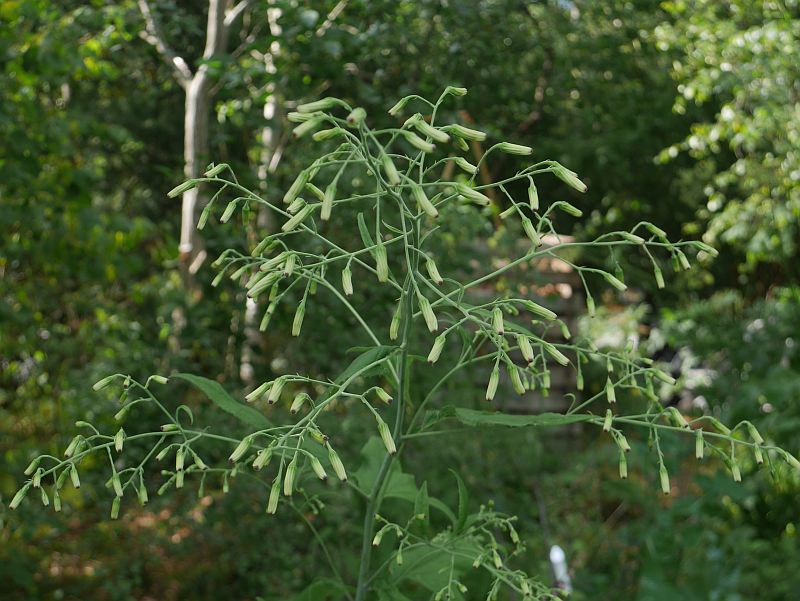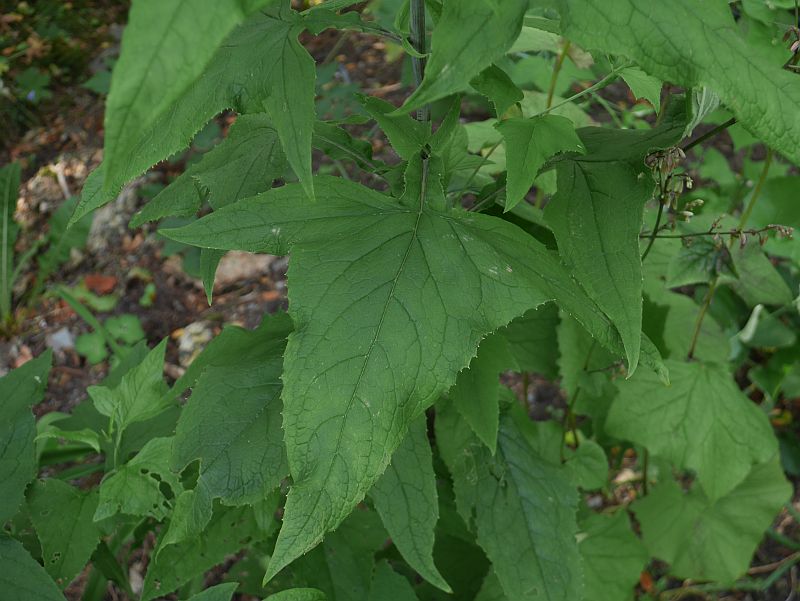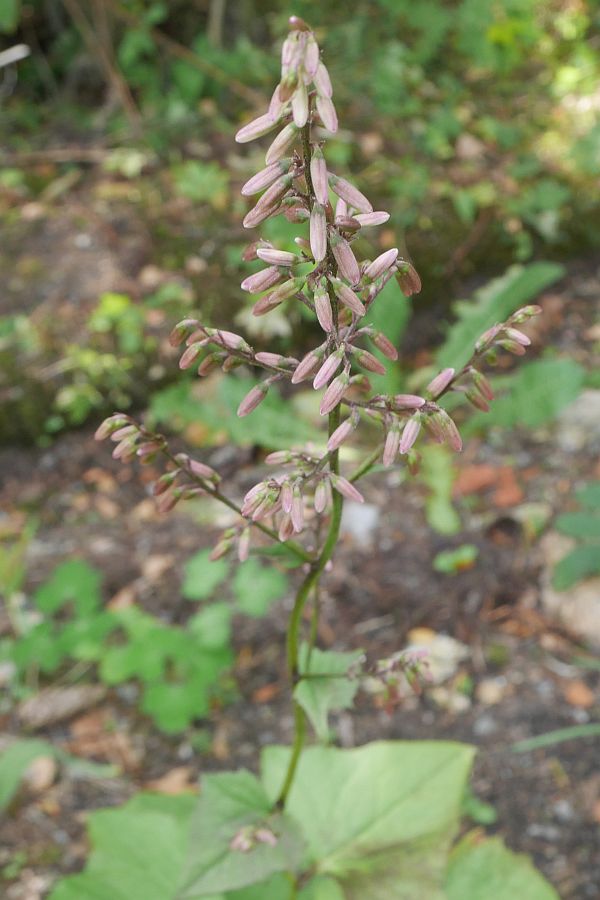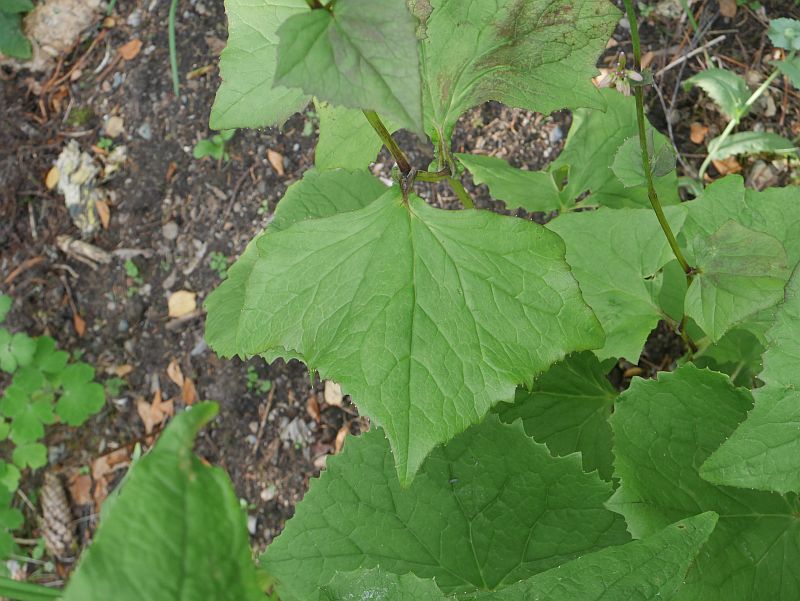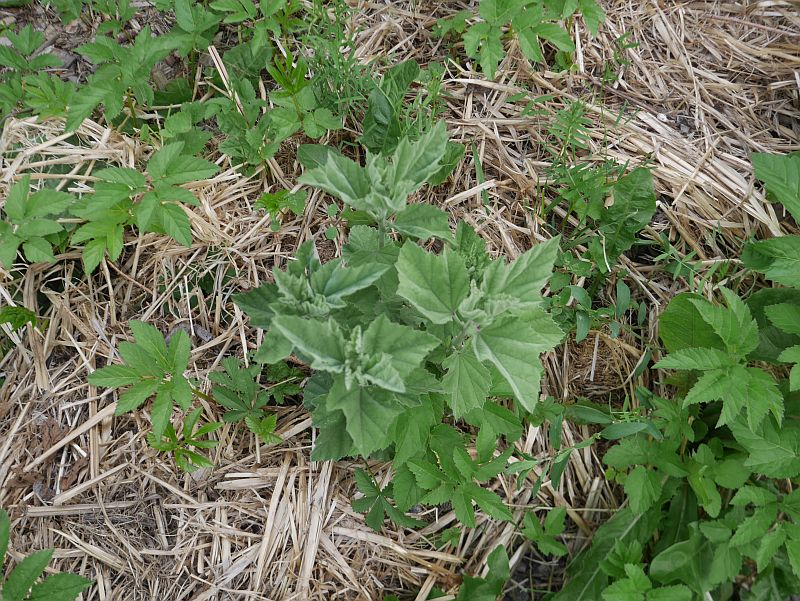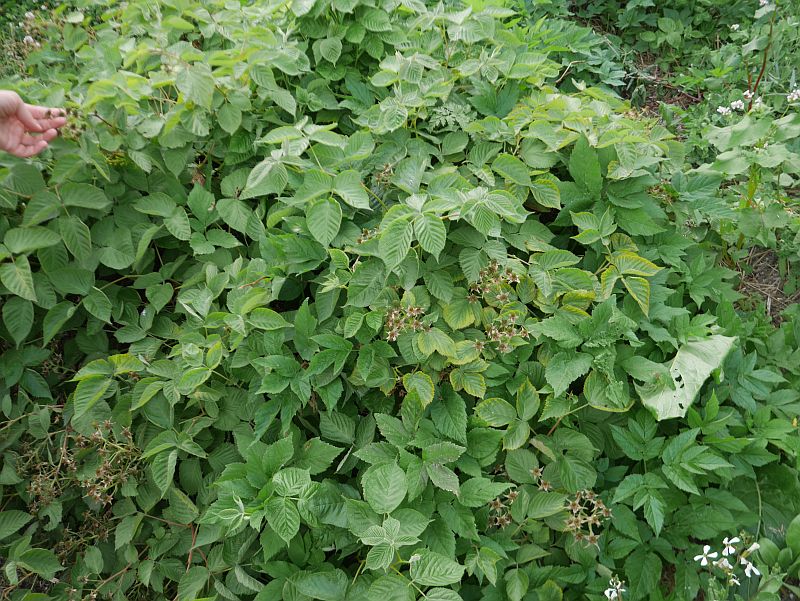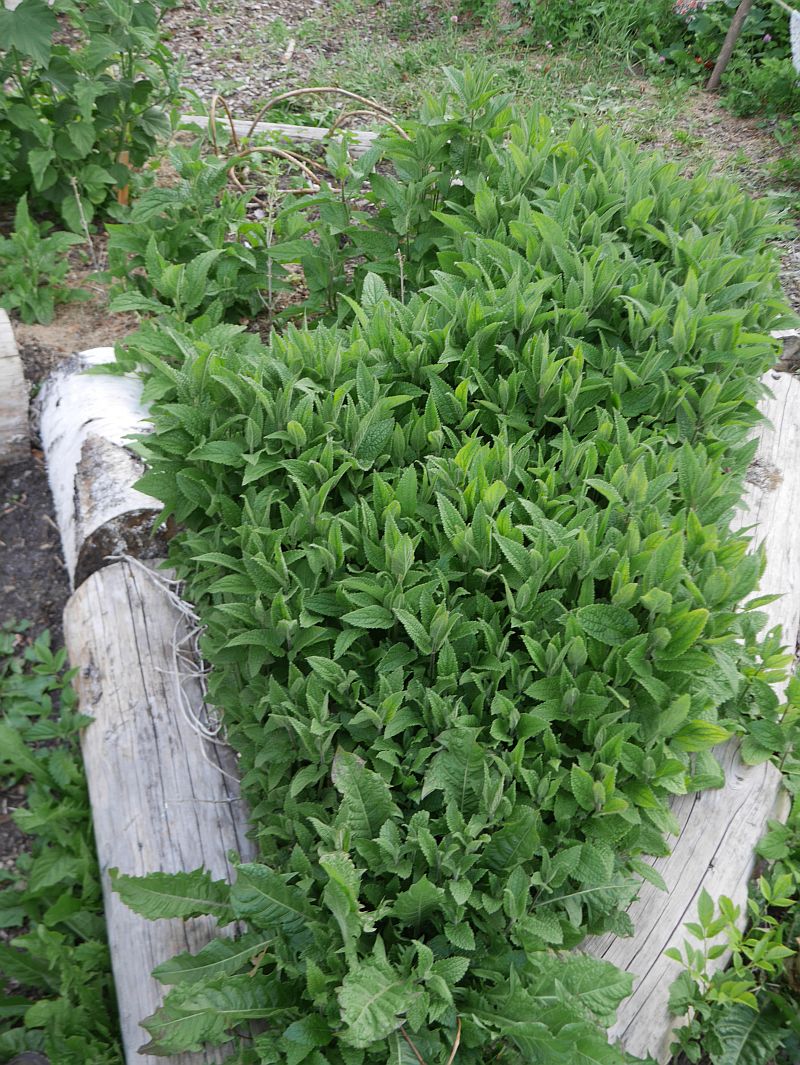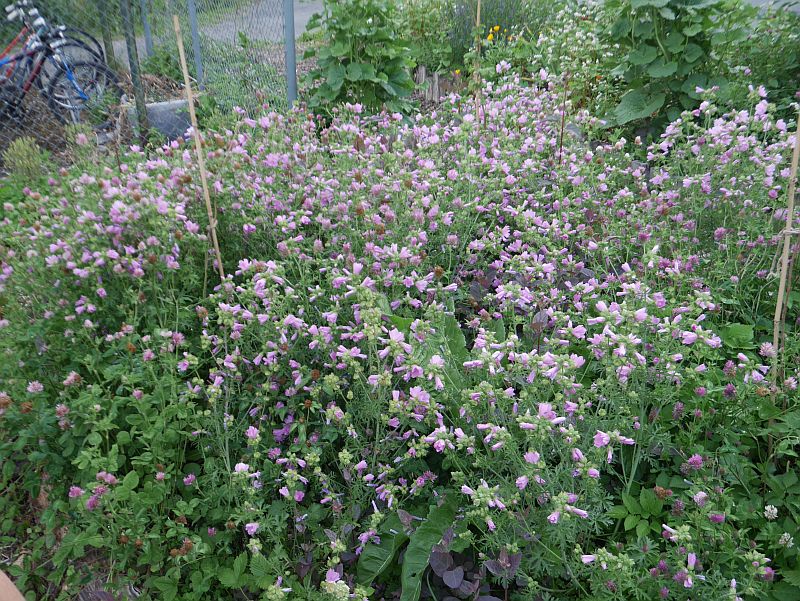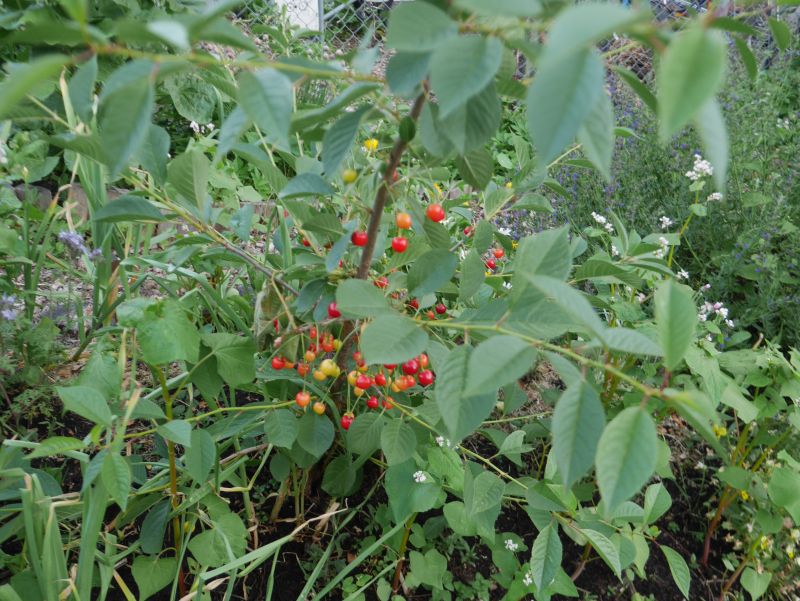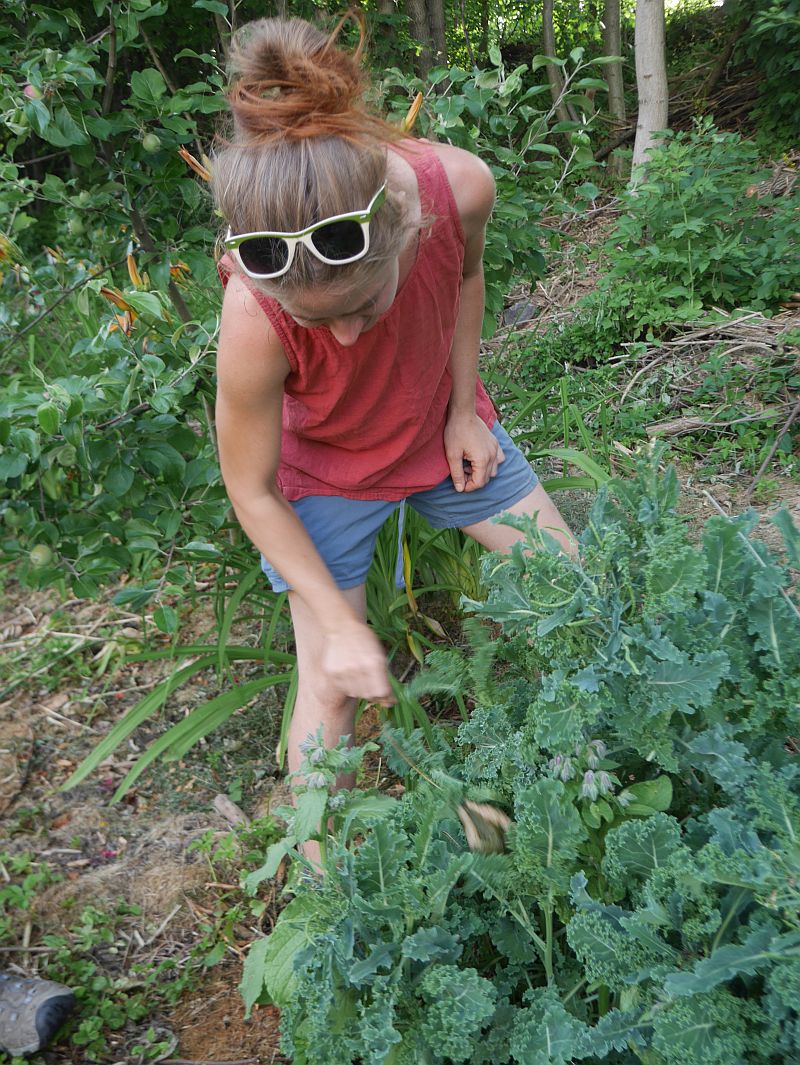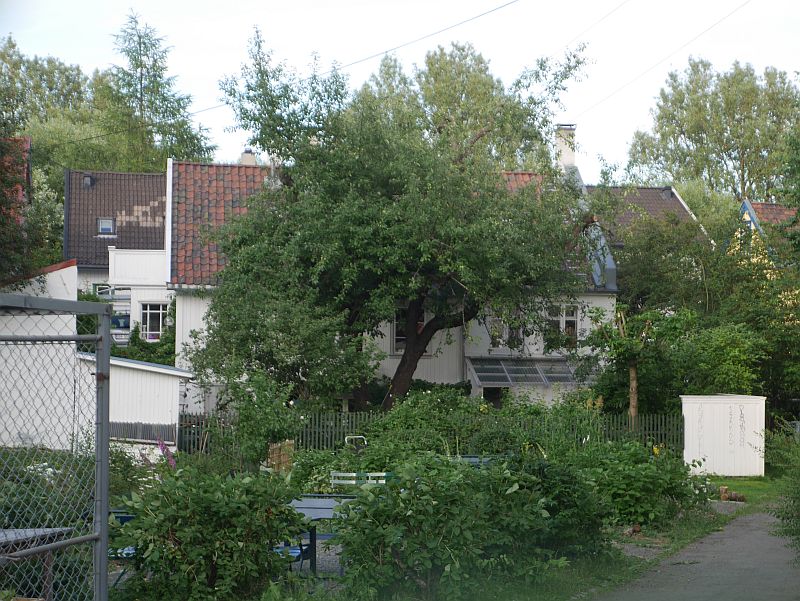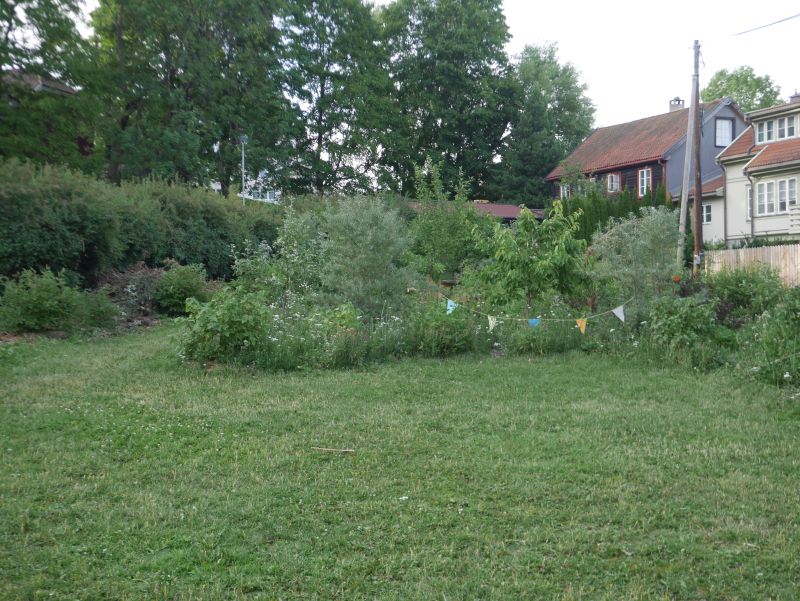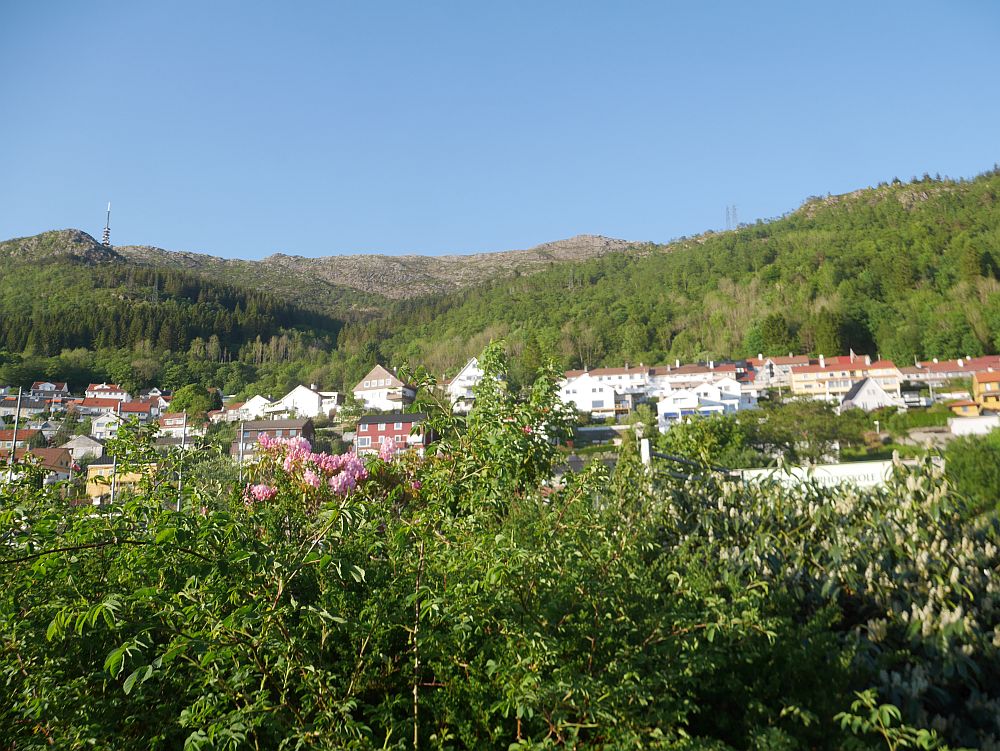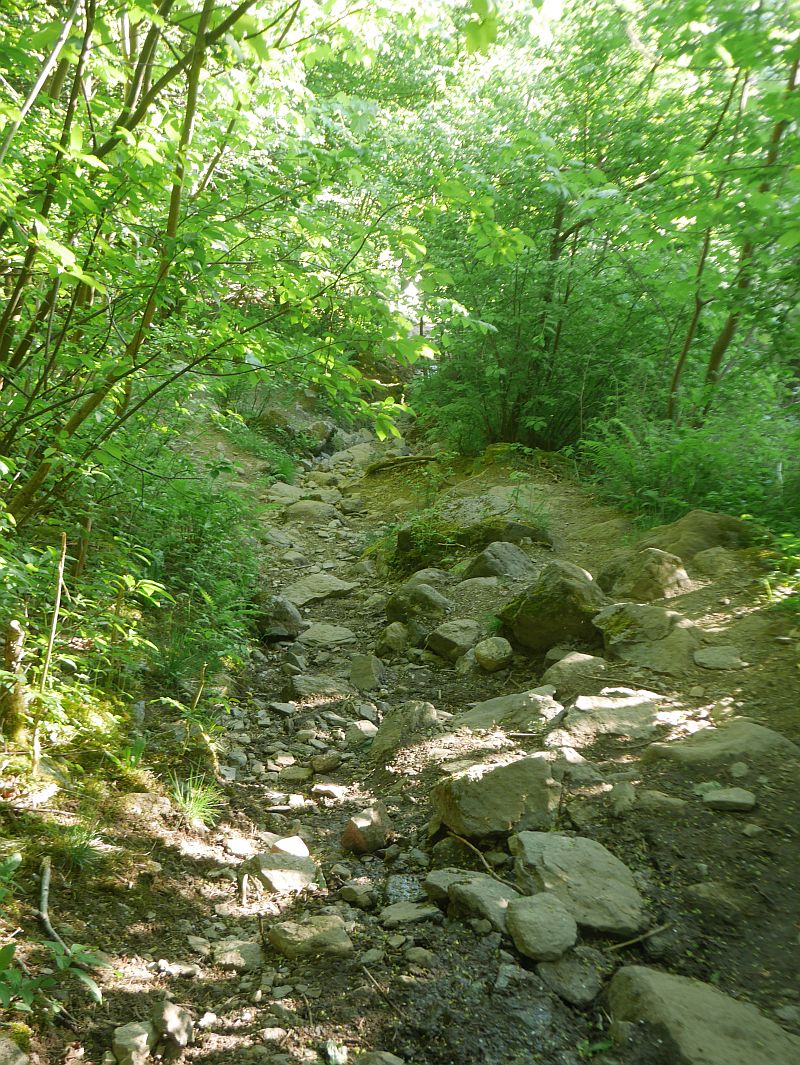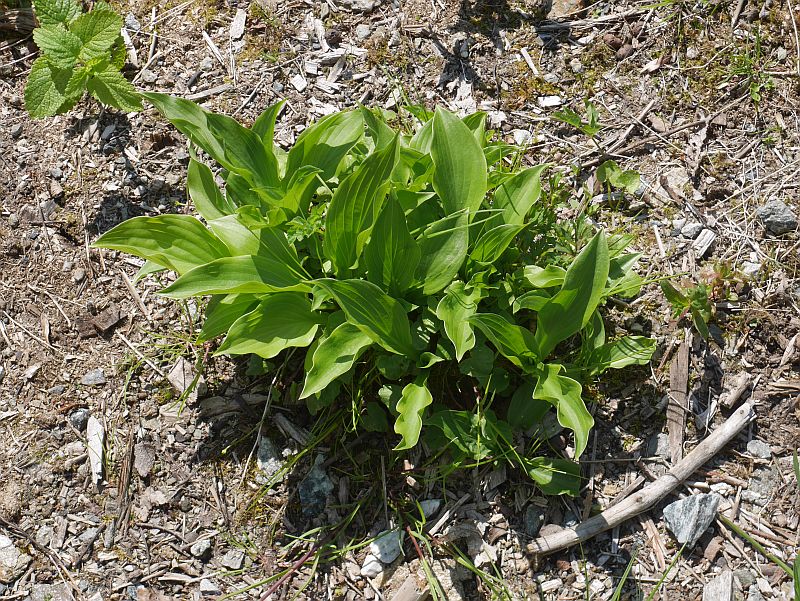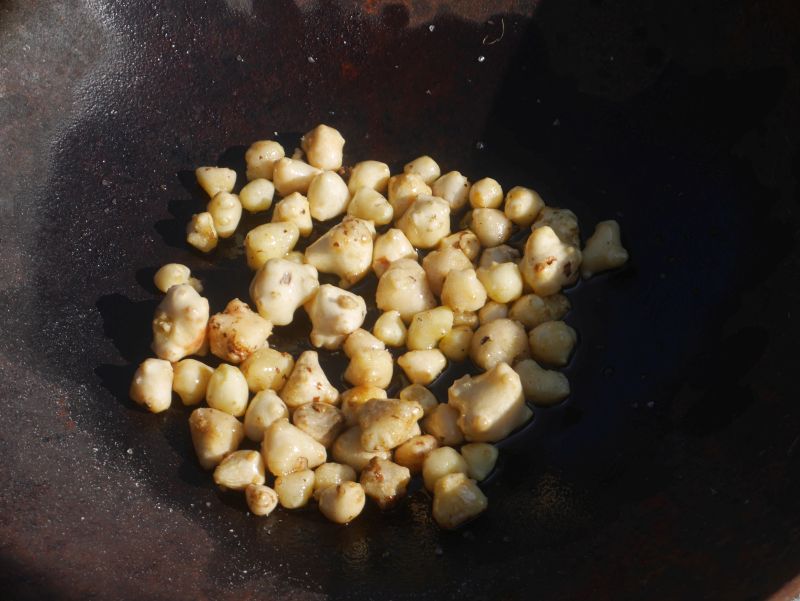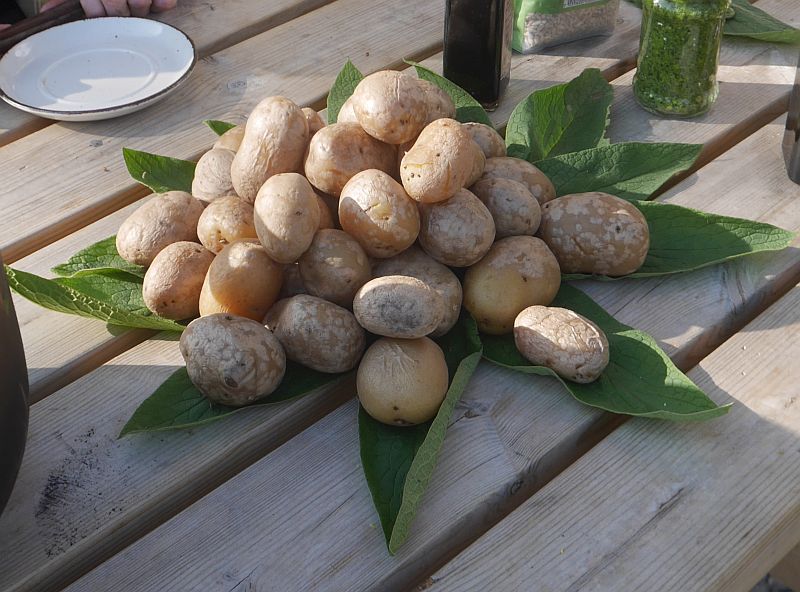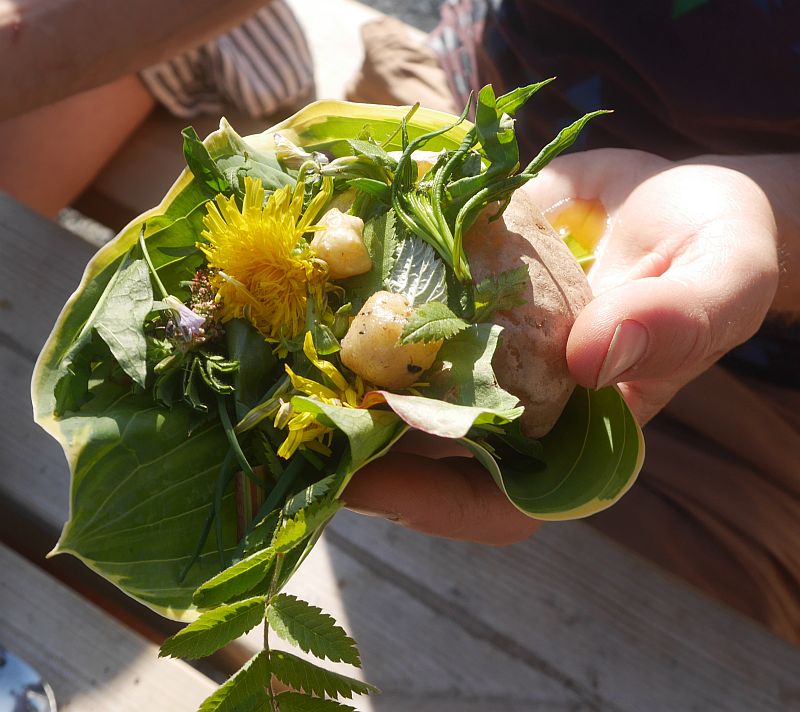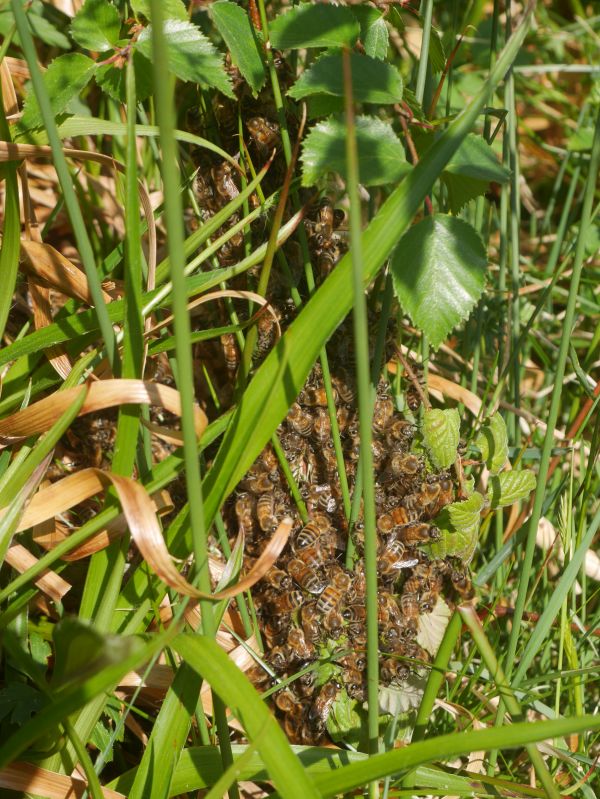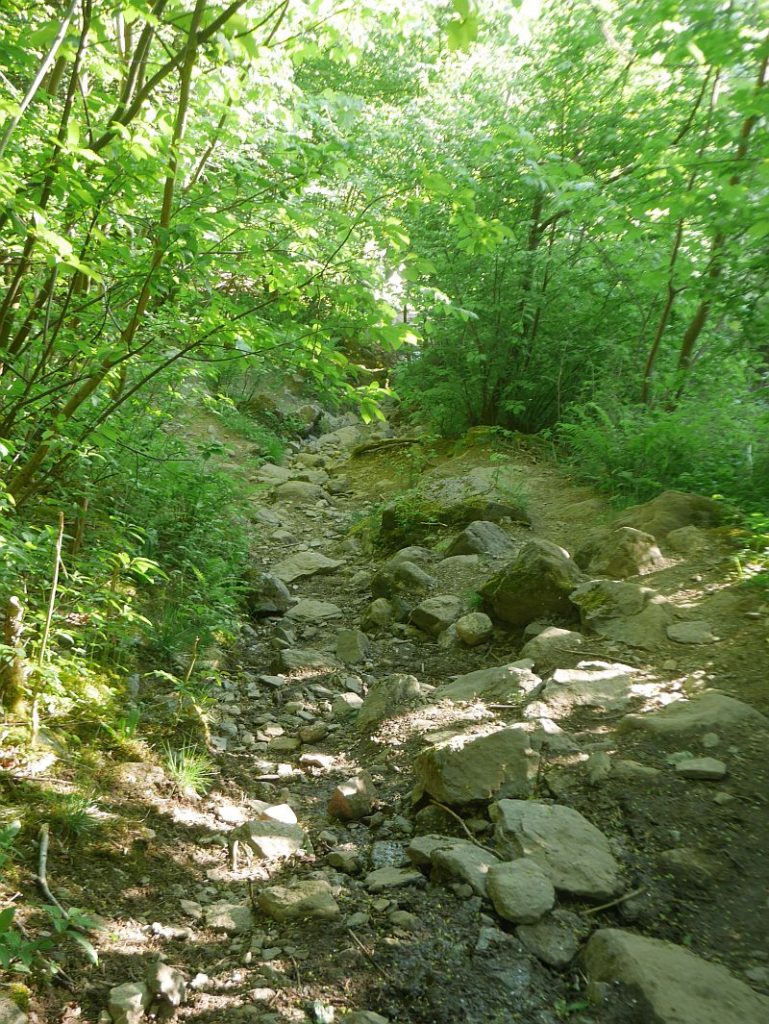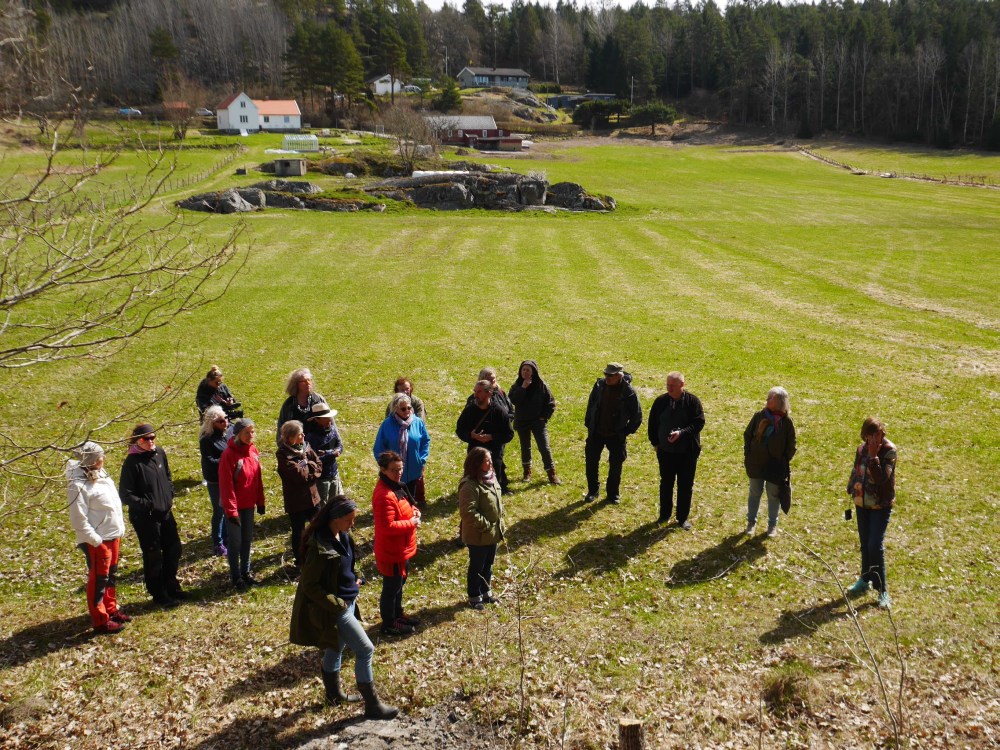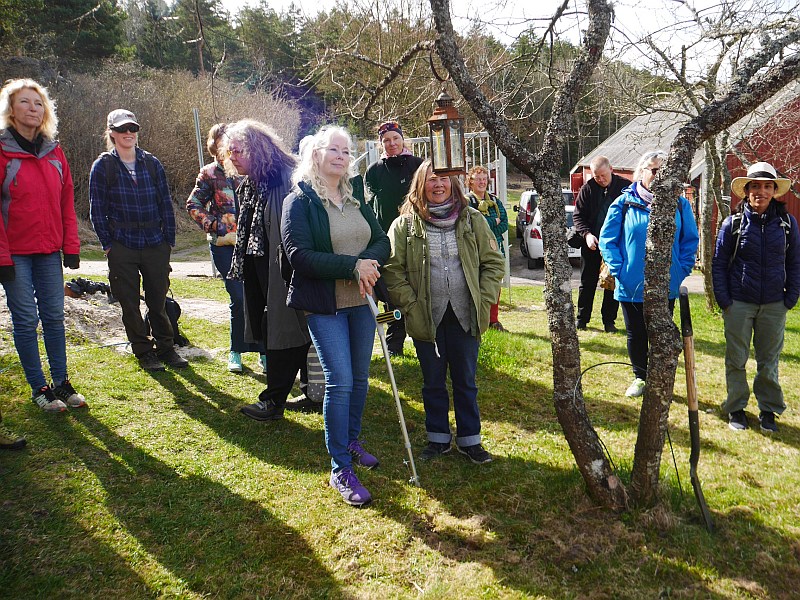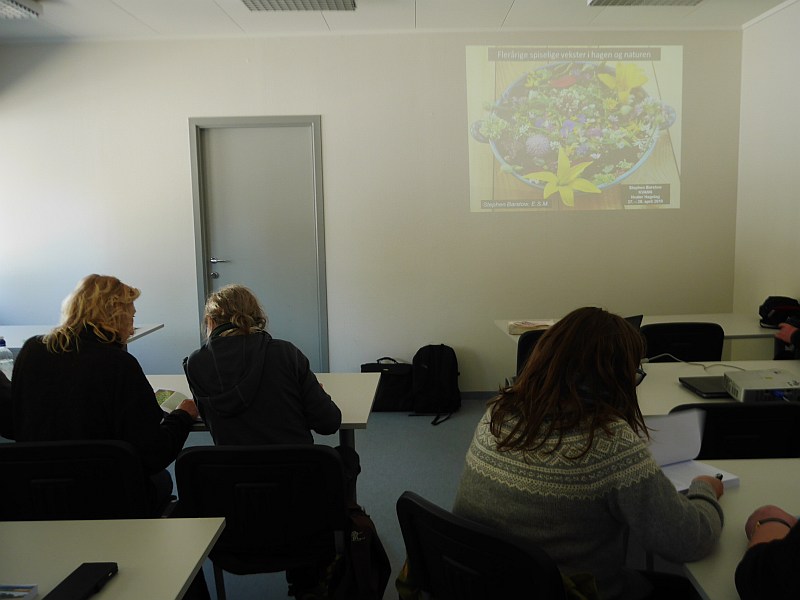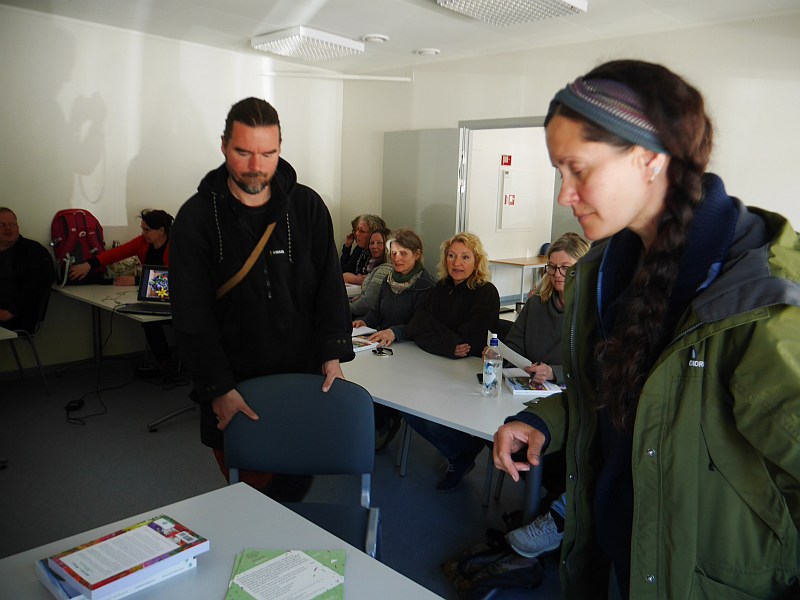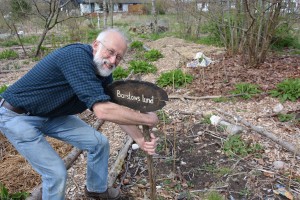KVANN (Norwegian Seed Savers) have established a guild for perennial vegetables and food forest vegetables (free for members of KVANN, go to kvann.no and click on “Bli med i KVANN” to join)
Norw: Nå er KVANNs laug for Flerårige og Skogshage Grønnsaker formelt etablert og vi har en FB gruppe som venter for dere som er interessert å være med (gratis og kun for medlemmer av KVANN). Det blir en del godbiter kun for laugmedlemmene i løpet av vinteren og et permagrønnsaks-kurs i Malvik til våren primært for medlemmene! Gå til https://www.facebook.com/groups/818621048572751 og svarer på spørsmålene for å melde deg inn!
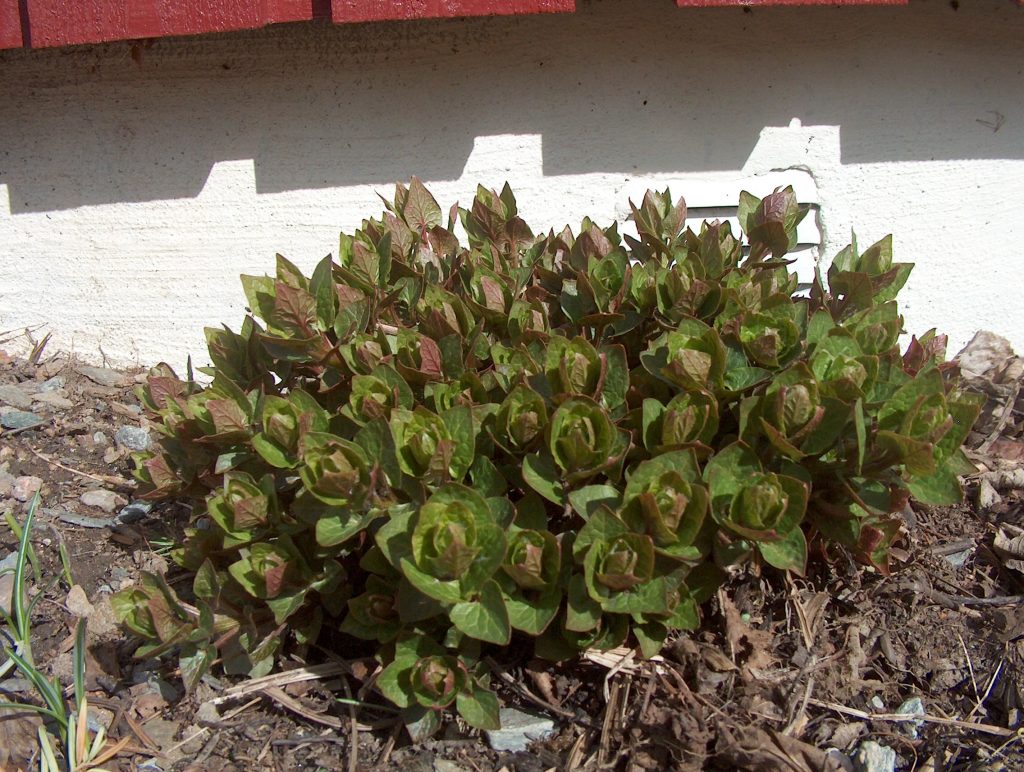
Category Archives: Forest Gardening
Parasenecio hastatus
I’ve harvested seed of a distinctive tall oriental woodlander this week, Parasenecio hastatus. It’s taller than I am and reminds me of some of the tall Lactuca species I saw in North America recently, perhaps growing in similar habitats in the Far East.

It’s a wild species in China, Japan, Korea and the Russian Far East. My most comprehensive Japanese foraging book says something like this (thanks to Chris Sonnenschein for the translation): “shoots are harvested when 20-30 cm long. Then when ready to cook, like asparagus, break/snap the shoots with your hand and discard the more woody end. Dice up the remainder into chunks. Boil in salted water. Rinse. Parboil in normal water just briefly. Eaten with Bonito flakes (fish), Soy Sauce & Mayonnaise. Also the leaves from the new shoots (this year’s growth) can be eaten, especially as tempura, through summer”.
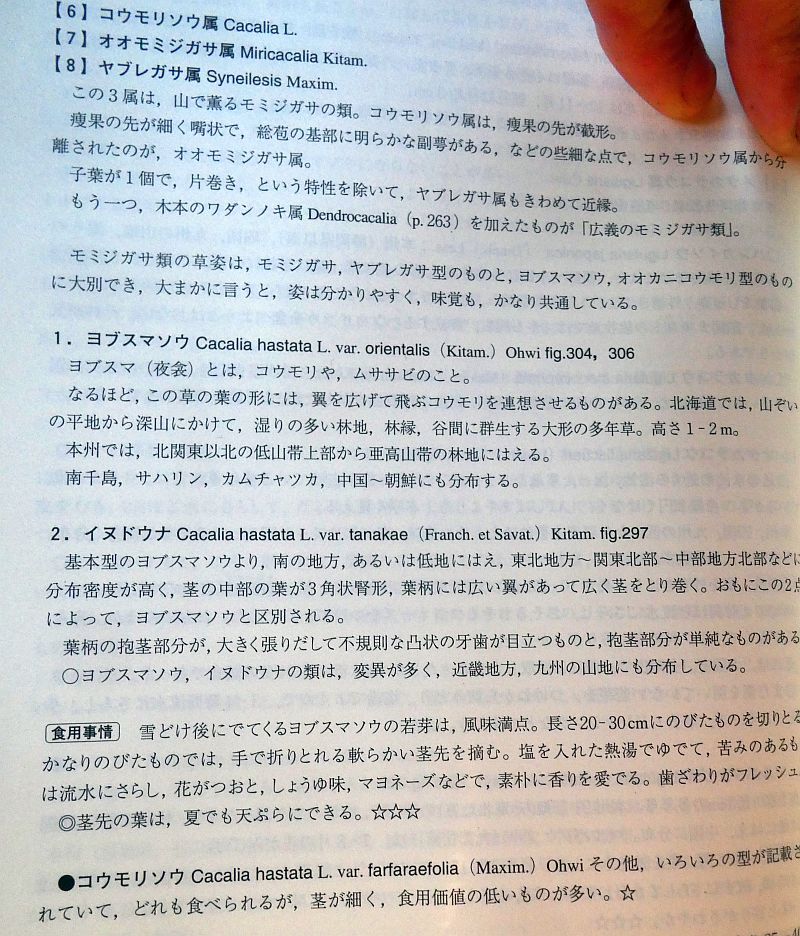
I’ve posted summer pictures of hastata in an earlier blog post, please see http://www.edimentals.com/blog/?p=18758.
I wouldn’t recommend eating a lot of these as they may contain alkaloids, but they are an interesting woodlander for occasional harvest from a species rich forest garden.
I have 5 or 6 Parasenecios in the garden currently including the variegated cultivar Parasenecio hastatus subsp orientalis “Shiro Sankou Hakikomi Fu”
Companion perennials
It always amazes me how edible plants in my garden find their own best companions andystem create together really productive microsystems, often on really marginal parts of the garden that I never imagined could be so productive, such is the magic of perennials!
Here are a couple of videos showing two of these areas:
- The edge of what was a shady bed previously used to grow annuals. I planted Hosta sieboldiana and Rumex scutatus on the edge of this bed with an Onoclea sensibilis (sensitive fern / perlebregne), one of the species sometimes eaten as fiddleheads. The shade encouraged first a Hablitzia to self-seed and next to it a large stinging nettle. A siberian hogweed (Heracleum sibiridum) also found a place in the mix! Perennial kales are growing on the rest of this bed this year! The video starts with the flower umbel of a pink flowered Heracleum sphondylium (common hogweed):
- The second area is at the end of one of my originally annual beds where I struggled to grow vegetables as it was very dry and under the shade of a large birch tree. Here I planted a number of Hablitzia plants 12 years ago and they love this spot producing good yields and climbing up into the birch tree in summer with the help of stakes I provided for them. Now, hogweeds have moved in (self-seeded), both Heracleum sibiricum and H. sphondylium and the Hablitzia is now using the 2.5m high hogweeds as climbing support!
Reaching towards the top of the self-sowed hogweeds (bjørnekjeks)….Hablitzia is using these plants as climbing support this year! Heracleum sphondylium Hablitzia intertwined with Hogweed Hablitzia intertwined with Hogweed Very tall hogweeds this year!
Ligularia hodgsonii
Ligularia hodgsonii is a new edimental I’m trialling in a very shady part of the garden…ornamentally speaking it complements the 4-5 other species of Ligularias I’m growing by flowering later! It is used as a wild foraged vegetable in the Far East. It is closely related to L. dentata.
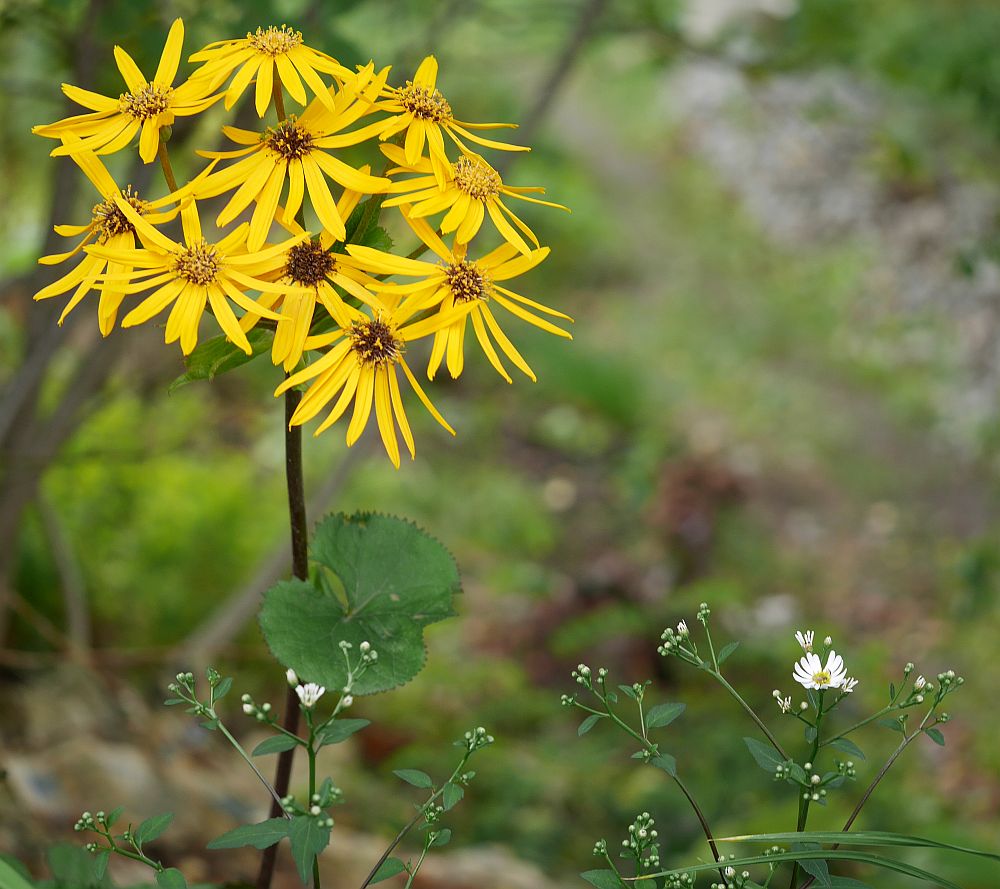
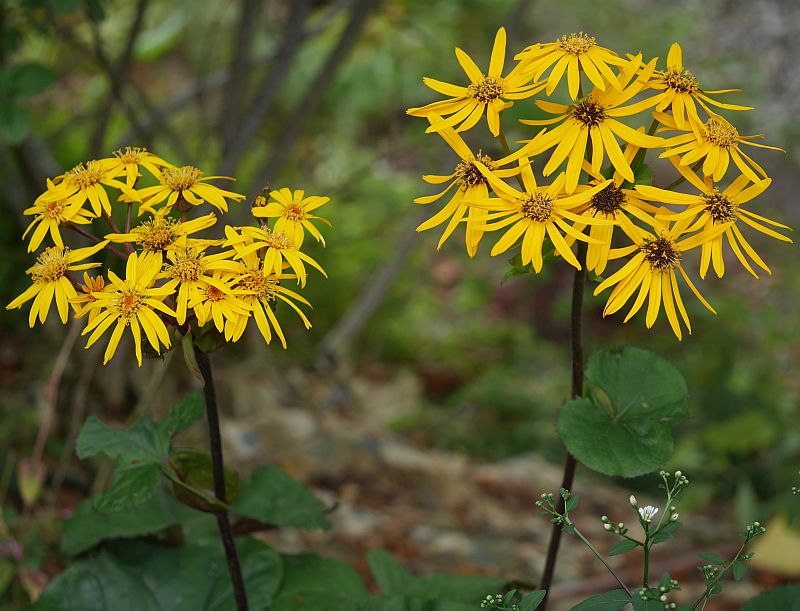
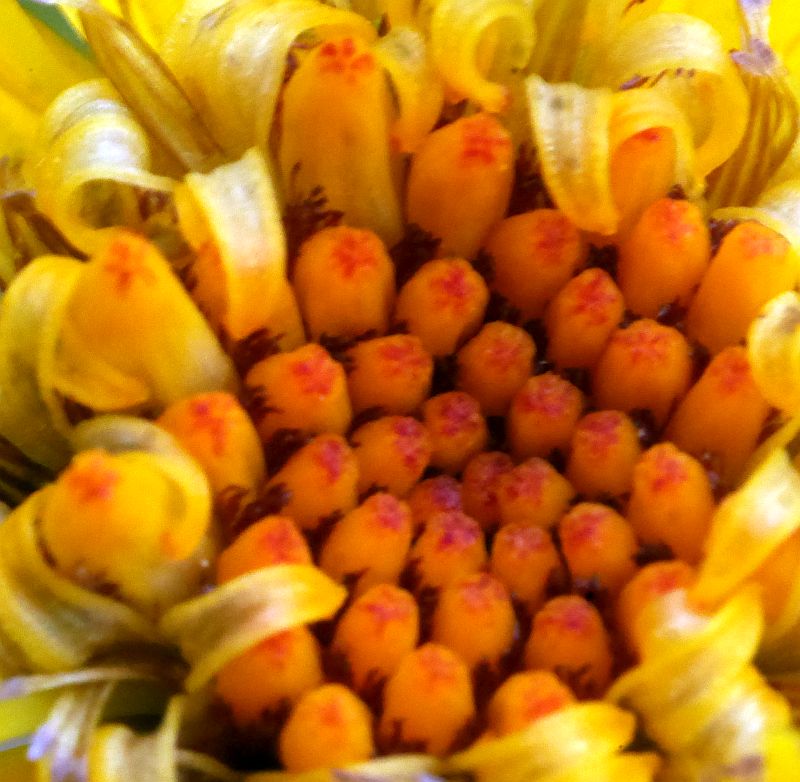
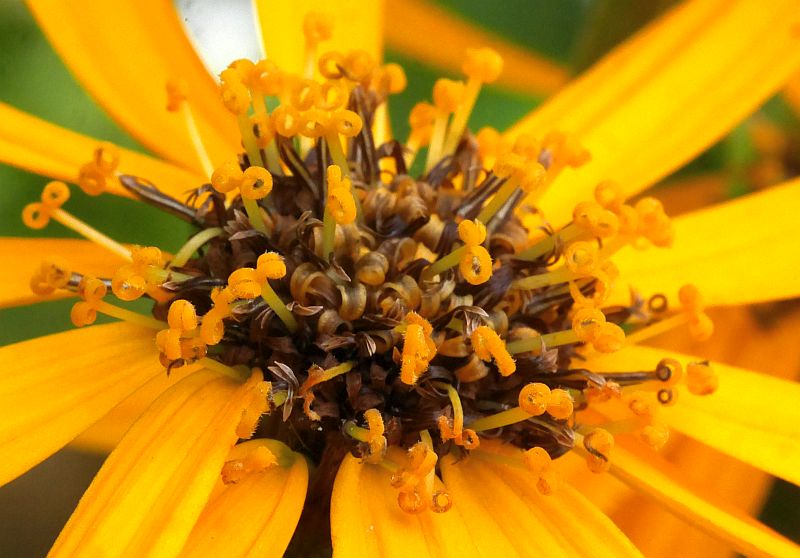
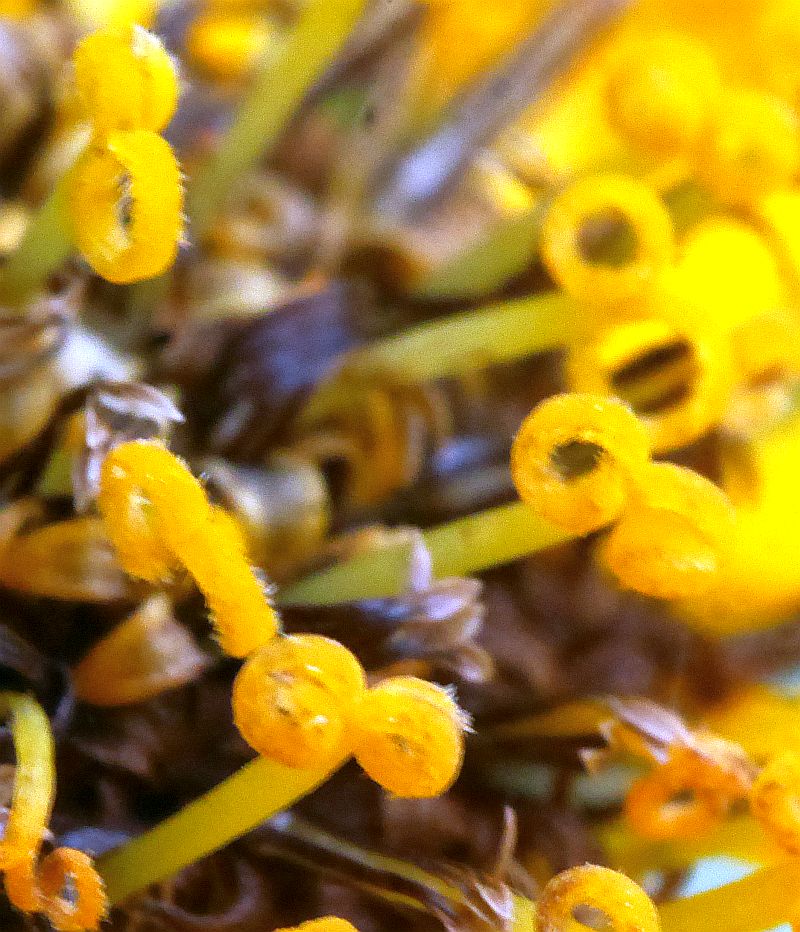
Parasenecios
See earlier blog on shidoke here: http://www.edimentals.com/blog/?p=6340
Parkens Grøde
Thanks to Elena Katarina for showing me Parkens Grøde at short notice on Sunday evening before I took the train home! The other gardener Marcia Kyle and a newly arrived Swedish guy, Marcus Ivarsson also joined us!
I was very impressed….in a similar way to the first time I visited Holma Skogsträdgård in Sweden….
Parkens Grøde is a permaculture inspired urban farming project in Oslo with many interesting elements including forest garden, hugel beds, insect friendly plants and habitat.
See http://www.xn--parkensgrde-ogb.no/ for more details..
Norwegian Seed Savers film
A film in Norwegian from Norwegian Seed Savers’ visit to my garden….udo and my forest garden :)
Food forest at Landås in Bergen
Landås matskog (food forest) is situated under Mount Ulriken in Bergen, Norway. The area was until just a few years ago spruce forest, but when it was felled, an agreement was struck with the kommune in 2013 for the organisation Bærekraftig Liv (literally, Sustainable Living) to develop the area as a food forest (matskog). I have long wanted to visit, so was happy to finally get to spend a day there with food forest enthusiasts Lars Ove Kvalbein, Benedicte Brun and others during my May 2018 visit to Bergen to give a course for Bærekraftig Liv!
Permaveggies course on Hvaler
Barstow’s Lund near Lund
I was just sent this picture from my visit to Holma Forest Garden in Southern Sweden <3 (https://www.facebook.com/SkogstradgardensVanner) on 1st September 2017….. I am very happy to be greeting the sign of Barstow’s Lund for the very first time….Lund means “Copse or small wood” in Swedish and they have planted as many as possible of the plants in my book in this part of this the oldest forest garden in Sweden! Holma is next to a small place with the wonderful name Höör which isn’t far from the city of Lund, so this is Barstow’s Lund near Lund….
For English speakers Lund is pronounced “Loond” as in loony ;)

